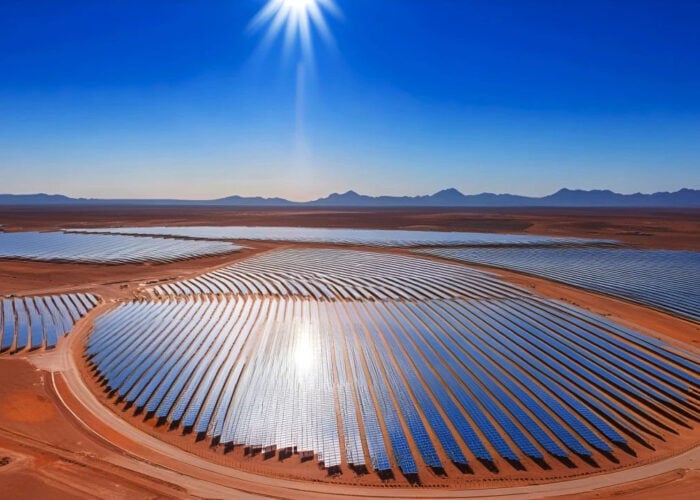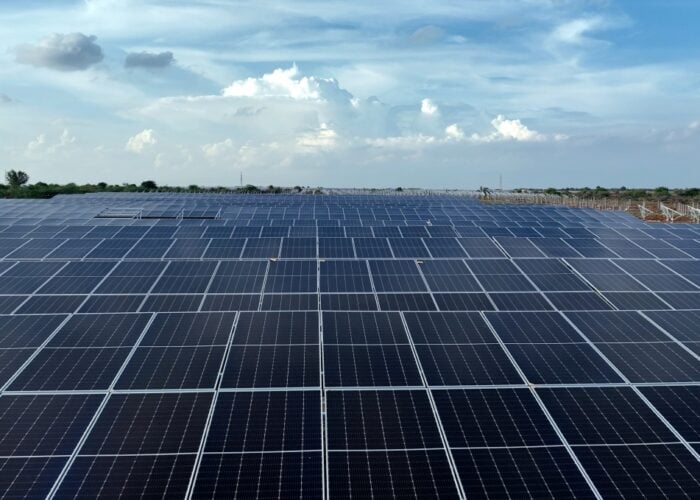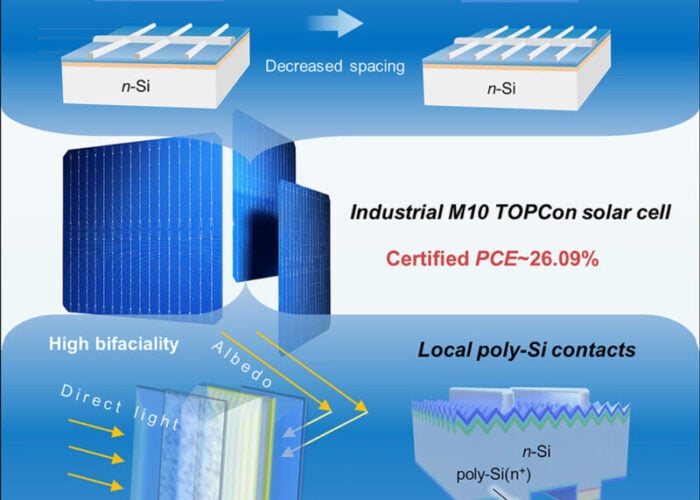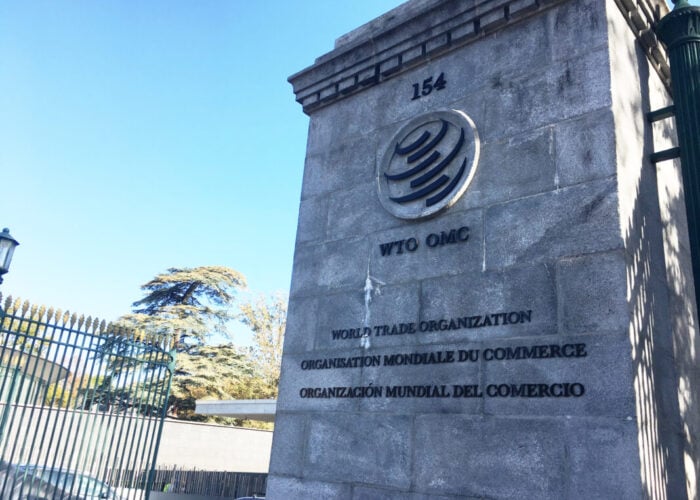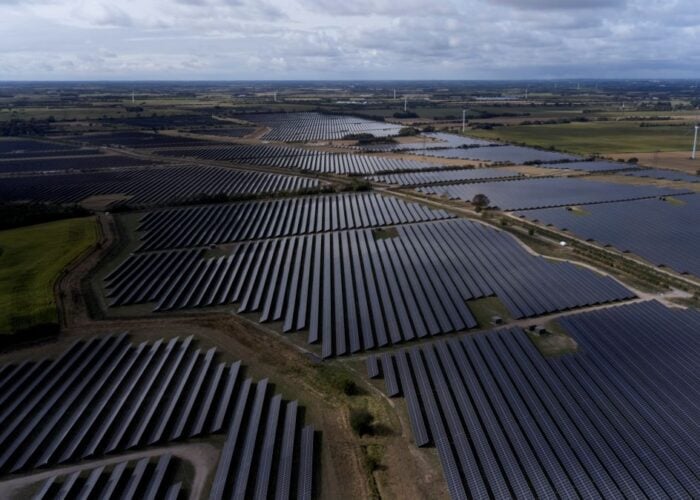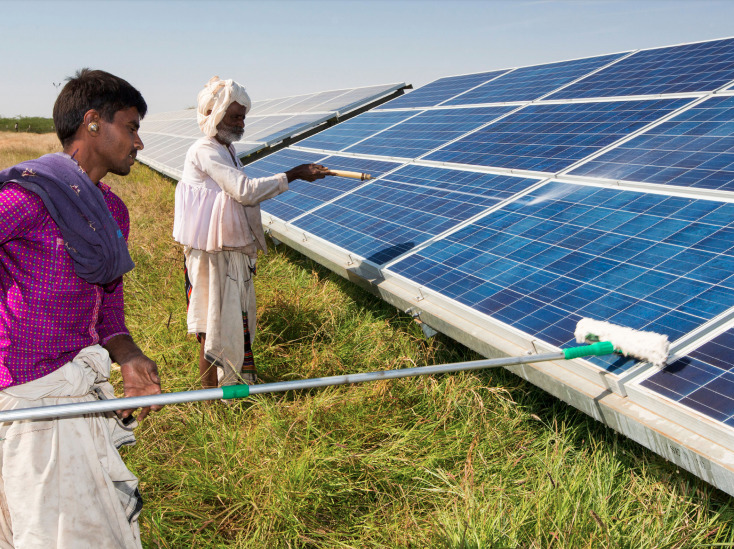
Indian and Australian solar will spearhead a grid parity shift set to take hold of Asia-Pacific renewables within less than a decade, according to Wood Mackenzie.
Renewables’ levelised cost of energy (LCOEs) across the region’s top 12 markets remains 29% higher than coal-fired power but the gap will vanish by 2027, the firm predicted on Monday.
Try Premium for just $1
- Full premium access for the first month at only $1
- Converts to an annual rate after 30 days unless cancelled
- Cancel anytime during the trial period
Premium Benefits
- Expert industry analysis and interviews
- Digital access to PV Tech Power journal
- Exclusive event discounts
Or get the full Premium subscription right away
Or continue reading this article for free
By 2030, the new analysis estimated, solar and wind will actually be 17% cheaper on average than any fossil fuels across the 12-strong group, spanning India, Australia, China and Japan.
Wood Mackenzie research director Alex Whitworth said the shift will drive a major jump in these markets’ current renewable share of 6%, creating “opportunities” but also “disruption”.
The figures show Indian solar LCOEs (US$38.2/MWh) already outcompete those of the country’s cheapest fossil fuels (US$44.5/MWh), thanks to high irradiation, market size and competition.
Australia, Wood Mackenzie noted, will be second. The country’s past dependency on coal and gas is crumbling, as fossil fuel price hikes and green regulations bolster the case of renewables.
After LCOE drops of 42% over the past three years, Australian PV already outcompetes gas and will reach US$48/MWh next year to catch up with coal, according to the firm.
As Whitworth noted, Australia’s transition won’t be devoid of challenges, including grid impacts and curtailment issues. Energy storage, he argued, is “one of the key options” to shore up supply.
Japan, Indonesia and Malaysia lag behind
Wood Mackenzie’s update examined the grid parity journey of Asia-Pacific’s solar, finding utility-scale PV cost declines of 80% between 2010 and 2019 across the region.
From solar LCOEs (US$344/MWh) above wind’s (US$120/MWh) in 2010, the industry has finally jumped ahead in 2019, achieving US$69/MWh to wind’s US$72/MWh.
For some, however, the going is far slower. Where PV hit LCOEs of US$38.2/MWh in India in 2019, it remained behind in Japan (US$153/MWh), Indonesia (US$106/MWh) and Malaysia (US$88.6/MWh)
All three solar markets – the priciest in Wood Mackenzie’s sample of 12 – will be the only in Asia-Pacific where renewables will not catch up with coal prices by 2030, the firm noted.
The market tailwinds taking Asia-Pacific’s solar to grid parity are pushing the industry towards the same goalpost across the rest of the world.
In May, IRENA reviewed renewable projects and PPAs and found 83% of the utility-scale PV pipeline commissioned for 2020 will boast prices lower than the cheapest fossil-fuel alternatives.
According to the agency, India and Italy were the world’s most cost-efficient PV markets as of 2018, followed by China, France and Germany.
Others, including McKinsey, have predicted different outcomes for the global grid parity race. In February, the firm said Germany and Spain would hit the goal next year, outrunning India and Australia.

